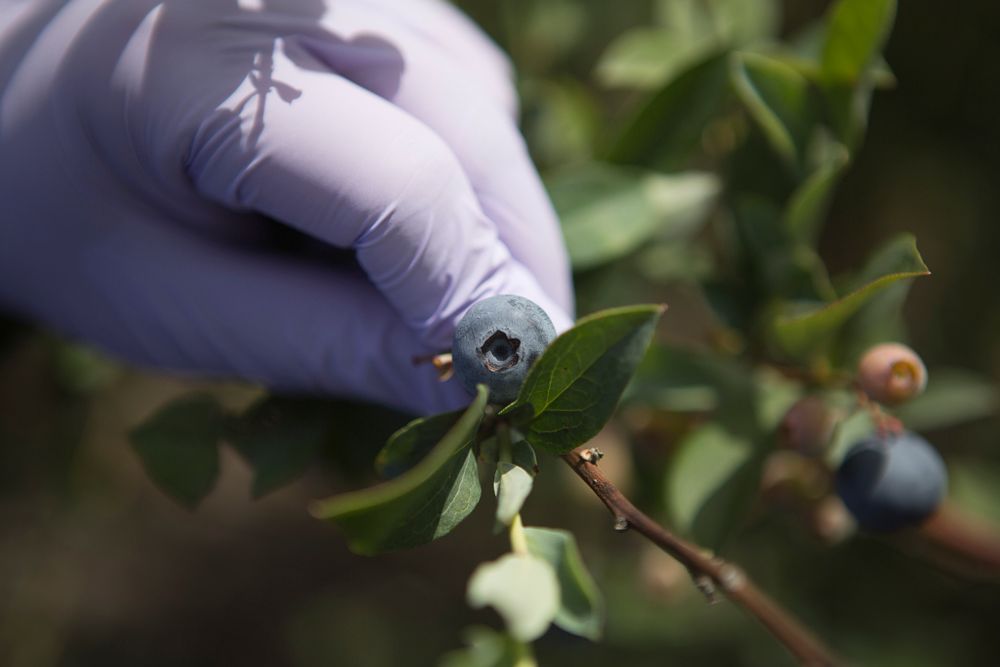By Wayne McLaurin
University of Georgia
Now that's diversity with a capital D.
I grew up with diversity. We didn't have spring, summer, winter and fall. Our four seasons were crawfish, shrimp, crab, and oyster. Within these seasons we did include baseball and football.
Nutritionists remind us to diversify our food intake. In the vegetable line, their advice is to eat five to seven servings a day. For many folks who say they have five vegetables a day, three of the five are potatoes -- fried, baked and chips. That's not the diversity the nutritionists are talking about.
Color
Vegetable diversity means quite a few things. Color, for instance, is important. Plants don't produce colors just for show. The more diversity of color you eat, the better nutrition you'll get.We need yellow or orange for the high vitamin A content. Vitamin A vegetables include sweet potatoes, carrots, summer and winter squash and pumpkins, to name a few.
Reds or purples range from watermelons (yes, they're vegetables), hot and mild peppers, beets, red onions, red cabbage, eggplant and purple basil -- and the No. 1 red is, of course, the tomato. When you add deep reds or bright pinks to your daily diet, you're also adding a powerful antioxidant called lycopene.
Orange vegetables like sweet potatoes and carrots contain beta-carotene. This carotenoid is a natural antioxidant. It's being studied for its role in enhancing the immune system. The orange group is rich in Vitamin C, too.
Don't overlook green
Other vegetable colors abound, but the predominant one is green. Most of nature is green. It's the backdrop for all of the color we see. It blends in. But don't overlook green vegetables.Eat greens along with all of the other colors. Consider the dark green of kale or parsley and the paler greens of the lettuces, kohlrabi or asparagus.
Textural diversity is another story. Texture goes from the crunch of celery to the slickness of okra to the lumpier humus made from chickpeas you can eat raw, boiled, steamed, blanched and fried.
Vegetable fiber may be an important factor in proper digestion. Raw or steamed vegetables may provide more texture and more nutrition than vegetables cooked in water or oil.
Flavor
Last, but certainly not least, is the diversity in flavor. Does okra have flavor? You bet, when it's cooked with field peas or in a gumbo.Granted, many vegetables are cooked with seasonings and we really don't know the flavor. If they can be eaten raw, try them and get the real flavor.
Eggplant takes on the flavor of anything it's paired with. Other vegetables like hot pepper (it really is a vegetable) dominate with their flavor.
There is probably no other food group that offers more diversity than vegetables, both in the veggies themselves and in the way they're prepared.
And for most of us, we've just begun to explore vegetables from other cultures and nations. Through travel, our local bookstores or even seed catalogs, we can find an amazing diversity of vegetables to inform our cultural awareness, challenge our gardening skills and delight our palates.
(Wayne McLaurin is a horticulturist with the University of Georgia College of Agricultural and Environmental Sciences.)






